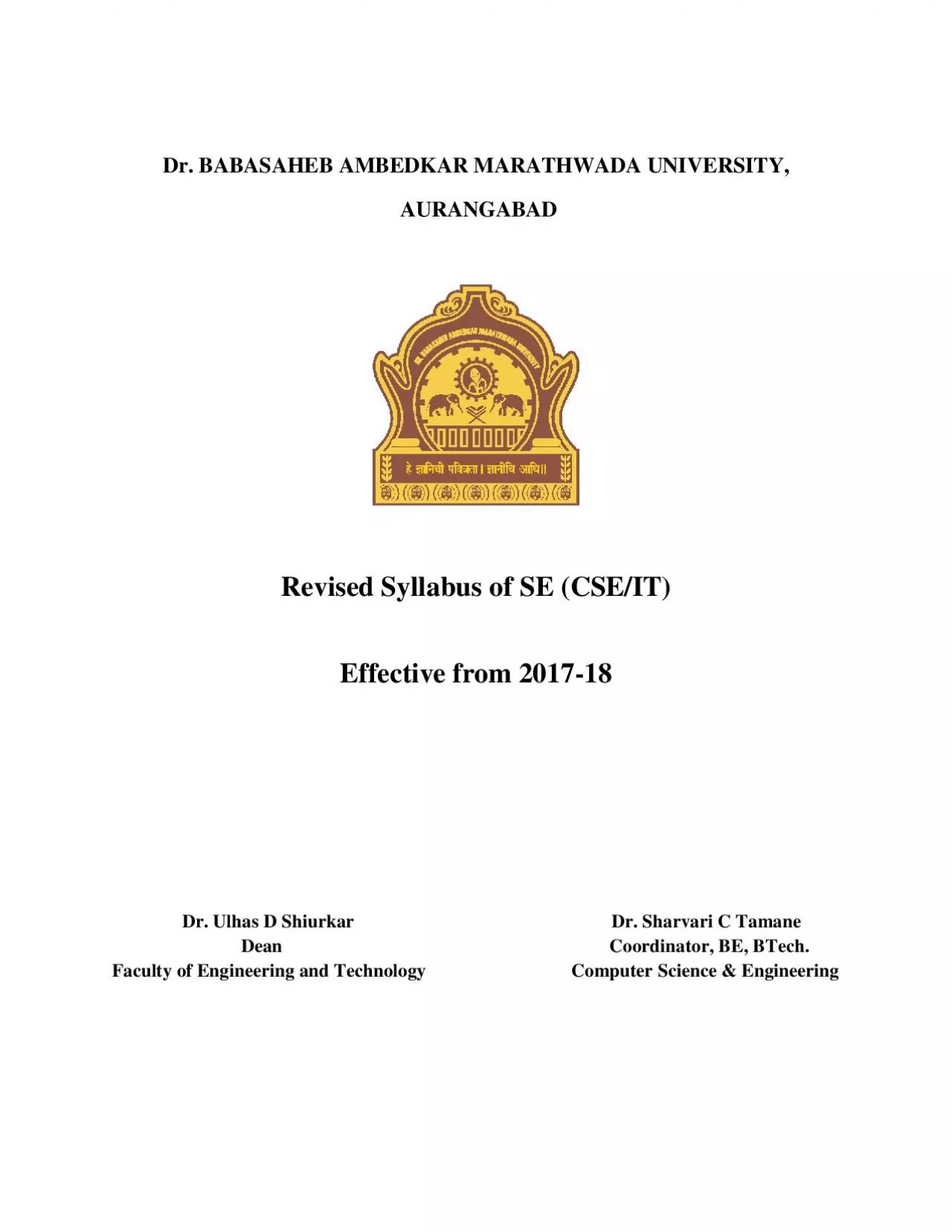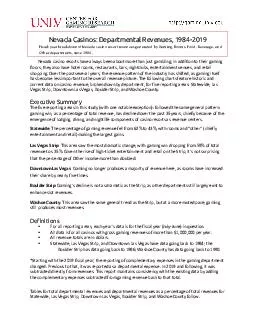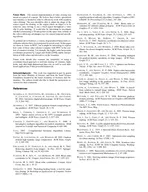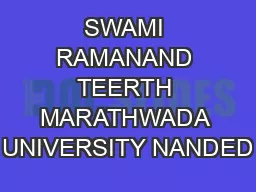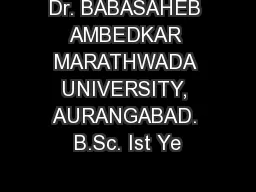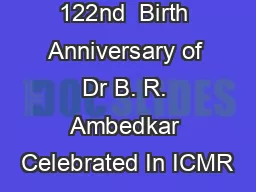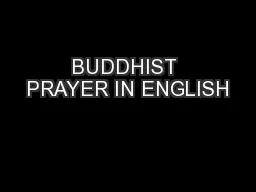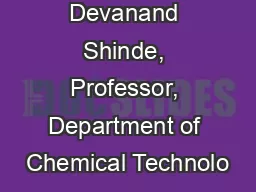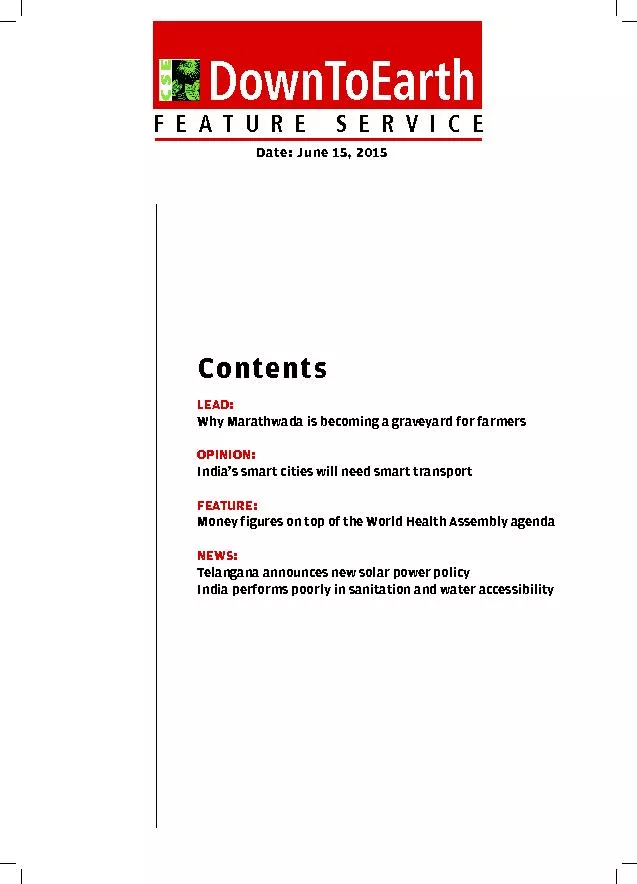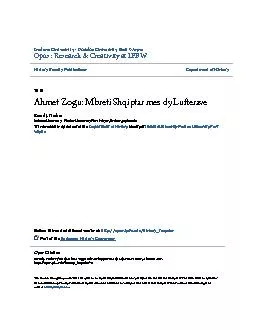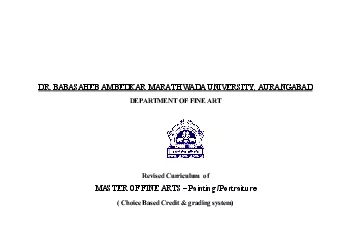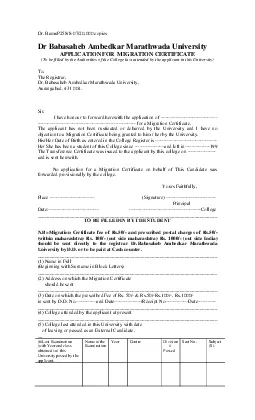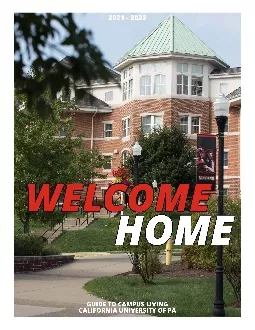PDF-Dr BABASAHEB AMBEDKAR MARATHWADA UNIVERSITY
Author : elise | Published Date : 2021-08-21
AURANGABADRevised Syllabus of SE CSEITEffective from 201718Dr UlhasD ShiurkarDrSharvari C TamaneDean CoordinatorBE BTech Faculty of Engineering and Technology Computer
Presentation Embed Code
Download Presentation
Download Presentation The PPT/PDF document "Dr BABASAHEB AMBEDKAR MARATHWADA UNIVERS..." is the property of its rightful owner. Permission is granted to download and print the materials on this website for personal, non-commercial use only, and to display it on your personal computer provided you do not modify the materials and that you retain all copyright notices contained in the materials. By downloading content from our website, you accept the terms of this agreement.
Dr BABASAHEB AMBEDKAR MARATHWADA UNIVERSITY: Transcript
Download Rules Of Document
"Dr BABASAHEB AMBEDKAR MARATHWADA UNIVERSITY"The content belongs to its owner. You may download and print it for personal use, without modification, and keep all copyright notices. By downloading, you agree to these terms.
Related Documents

